Today, I will discuss some of the main problems of popular psychology. These are related to mass awareness of certain concepts and data. Because we have access to so much psychology, a lot of trash is generated.
Psychology is a science. However, people seem to corrupt the scientific endeavor and turn it into quackery.
Take, for example, the widespread understanding of personality based on the Myers Briggs type inventory (MBTI). At least 2 million people take the official test every year. How many more take its ripoffs on BuzzFeed and Meaaw? The test is questionable. Its ripoffs.. even more so! Yet, people label their lives based on MBTI results.
Are people drowning in the incorrect use of psychology?
This article may sound harsh but it’ll give you plenty to think about. It is important to underscore the nuances of popular psychology because a lot of it is pure misinformation.
I generally find the following aspects of popular psychology bothersome. There is SO MUCH bad psychology around us. It irks me. Here are some highlights.
Let us dive right in.

Be careful while using psychology
-
Examples of Bad Psychology Myths & Interpretations
- Personality traits and thought patterns are not disorders
- Body language is dependent on culture and shouldn’t be taken out of context
- It’s not compulsory to have a disorder
- Self-diagnosis is bad and thinking positively is not the cure-all
- MBTI is an inaccurate personality theory
- Psychology is constantly updating itself and modifying old knowledge
- When trying to use psychology, use the theory supported by a finding, not just the finding.
- Confounding variables exist
- The left-brain vs. right-brain classification is not useful
- Sources
Examples of Bad Psychology Myths & Interpretations
Personality traits and thought patterns are not disorders
Are you sad because your pet died? You are sad and are grieving. You aren’t depressed. Is your spelling bad? You don’t necessarily have dyslexia or dysgraphia. You like things neat? Stop saying you have OCD. You just like things neat. We cannot trivialize actual disorders and the experience of people who suffer as a result. I’d say don’t joke about it either. If all you have is a habit/preference, call it a habit/preference.
Disorders have diagnostic criteria which are used to see if some aspect of behavior or mental health actually is a disorder or not. I’d like to highlight that calling (or inclining to call) some behavior a disorder is warranted only when it interferes with daily functioning, professional and social functioning, causes harm to oneself or someone else, and creates rigid problems with respect to mental and/or physical health. While diagnosing disorders is still imperfect, it is important to meet basic requirements such as poor functioning in a certain facet of life or it causes distress. There is, almost always, personal distress and poor quality of life.
Body language is dependent on culture and shouldn’t be taken out of context
Body language is highly culture-dependent. One can’t just use observations from New York and apply them to Sri Lankans. A study done on interpreting emotional states from body postures shows that there are culturally unique as well as universally common elements[2] that belie body language. Culture, the environment, as well as our biological make-up as a species influence body language deferentially. These nonverbal communication differences are deeply embedded in culture and context[3]. Thus, analyzing body language without a context will lead to errors. My guess is that that does more harm than good.
It’s not compulsory to have a disorder
Everyone doesn’t have to have a disorder or condition. While the prevalence of certain disorders and mental health issues is high, one can’t point at anyone and assume that their behavior is a result of a disorder.
There is always a story behind what makes people people. Try to ask for those stories and you’ll realize that they aren’t always fueled by disorders.
Self-diagnosis is bad and thinking positively is not the cure-all
While there are many sources which are clinically valid, self-diagnosis is shallow. After giving yourself a diagnosis, people end up acting like it and reinforce a false diagnosis. This creates a feedback loop that actually turns into maladaptive
There is an interesting new concept called cyberchondria[4] – hypochondria resulting from online research & self-diagnosis of disorders and diseases. Perhaps, the results of a fun quiz turn into validation, but checking symptoms without a thorough context and self-diagnosing is not the best way to seek validation. Psychological self-diagnosis for more complicated than one imagines – a lot of disorders have common symptoms but look different at a deeper psychological level.
Some psychological techniques to heal might act as good psychological buffers but they don’t function as therapy. When you are thinking negatively, people often respond by giving the oversold pop psychology advice “think positive.” However, research shows that a different strategy called cognitive defusion[5] is more useful – detaching yourself from negative thoughts and letting them come and go. Negative thoughts are a common reason to attempt self-diagnosis but negative thoughts do not, without a context, warrant a diagnosis. According to research, psychologically healthy people experience a 1.6:1 ratio of positive to negative thoughts[6]. That’s a fair mixture of both positive and negative thoughts.
MBTI is an inaccurate personality theory
The world needs to get over MBTI. It is a gross approximation of Carl Jung’s work, done by non-professionals. The whole labeling of INFP, INTP, and announcing it (on Quora, for example) is unfortunately a misleading form of self-expression. People may be using this short-and-sweet label to communicate their world-view preferences (not personality) to facilitate social bonding. However, a commitment to an inaccurate foundation is a hotspot for making assumptions about others, conflict while self-reflection, and a self-imposed limitation. With the risk of over-exaggeration, it is as bad as astrology. And we know, believing in horoscopes is partly about identity and self-expression.
*The test has been extensively used. However, its popular knockoffs give it a bad name and its popularity leads to an extremely poor interpretation of what it measures. Strictly speaking, the constructs that MBTI measures are themselves not standing on solid ground. MBTI aims to categorize people into binary preferences (extraversion vs. intraversion, thinking vs. feeling, sensing vs. intuition, judgment vs. perception). The problem is, research shows that actual results from people do not represent such a binary preference[7]. The distribution of scores is normal, but it should’ve been bimodal. That is evidence against its validity. Personality is dynamic[8] over time. Such labeling leads to a path of ‘adopting’ the personality and make it even more rigid. Is that a hot spot for unnecessary cognitive dissonance? I think so.
The reliability of MBTI is so bad that just after 5 weeks, you are likely to get a different personality[9]. Personality is dynamic over time but it isn’t on Acid. I’m not saying the MBTI is all bad, it is certainly better than uninformed guesswork.
Are you an INTJ, ENTP, ESTJ? While those 4 letters have helped you understand yourself, those letters are a far cry from an accurate description of your personality.
MBTI is most probably gobbledygook[10] (click to read a scientific review) and there is enough evidence that showcases its poor validity and reliability[11]. No
An ending note on my MBTI rant: This test is largely used by HR departments for team building workshops and overall training. Is the industry giving its employees a false evaluation? Are corporate decisions made using incorrect measurements?
Psychology is constantly updating itself and modifying old knowledge
Psychology suffers from the weight of historical popularity. Information that is 5 decades old somehow just overshadows modern findings. Graduates and undergraduates have the power to change this but more often than not, they are just not up to date. I didn’t even know how to stay up to date during my masters.
#Tip 1 – Old is not always Gold. Follow new findings and compare them with historical findings. Observe where the body of literature is moving. Look out for conflicting findings.
#Tip 2 – Follow special interest groups for the latest research in a simplified format. Update the knowledge proactively by finding out what people are doing.
When trying to use psychology, use the theory supported by a finding, not just the finding.
Applying so-called ‘Psychological findings’ for businesses without a psychologist’s consultation is damaging. You don’t want to spend tonnes of money without knowing what is happening! Interpretation of psychological findings is very different when done by a professional as compared to a layperson.
The most common problem is that people like to use a certain finding such as ‘Doing X affects Y’ and try to implement it. There is an error in this approach. Research findings are in the context of a larger body of literature. Research evidence is evidence for a certain theory (on most occasions). The theory/model is the framework that is supported by the research finding. Thus, for a chance at successful implementation, focus on implementing the theory and model that the research supports. Not the finding by itself.
#Tip 3 – Follow the evidence-based theory by exploring underlying mechanisms. Not just the statement of the research finding you read about.
Confounding variables exist
Psychology is complex, studying it, even more. Let’s say a study says, ‘Doing X daily helps lower anxiety’. A confounding variable is a thing that affects both X & anxiety. These variables need to be accounted for in follow up research. They should also be communicated while quoting the research.
#Tip 4 – Once again, when you see a research finding and want to use it in life, look for confounding variables and see if they apply to you.
The left-brain vs. right-brain classification is not useful
I’ve heard business coaches, life coaches, and many industry experts talk about being a left-brainer or a right-brainer. And how for some business practices you NEED a right-brainer front-man. What went wrong in communicating about split-brain research insights that lead to this myth?
We aren’t L or R brained. We use both parts for all activities. Sometimes, a certain region on one side of the brain is more relevant to process such has left for language. That is called hemispheric lateralization. It just means that one side has a dominant role in a particular process. Rest assured, you can do all activities to the best of your ability when you have BOTH your halves.
So what scientific thing can you infer by classifying people as left-brainers or right-brainers? Nada.
Here is a 1000 person study done on finding out the truth about this left-right-brain myth[12]. Even gender differences weren’t found in terms of left and right.
…
….
…..
*raises one eyebrow*
Might I say, you aren’t a lefty-ist! Even if you want to be one. At least your brain isn’t.
Or is it?
Research points to differences between the brains of people with different political ideologies[13]. Have fun.
…
….
……
#TBT
Personality is dynamic yet relatively stable. Bad psychology is seeking validation from labels of poorly constructed tests like MBTI and its rip-offs.
There is a new model of personality which is insightful, useful, and great for nonjudgmental labels. The HEXACO model. It’s an improvement on the big 5 personality model. Take the official test[14] to know more.
I hope, with this article, you can make use of psychology in your life in useful and meaningful ways!
P.S. Lady Gaga should write a song called ‘Bad Psychology’.
P.P.S. This article aims to educate the popular masses – not the experts; ok, maybe some “experts.”
Sources
[2]: http://web4.cs.ucl.ac.uk/uclic/people/n.berthouze/paper/IwC06.pdf
[3]: https://link.springer.com/article/10.1023/A%3A1024716331692
[4]: https://science.howstuffworks.com/life/cyberchondria.htm
[5]: https://www.ncbi.nlm.nih.gov/pubmed/26685210
[6]: https://link.springer.com/article/10.1007/BF01176069
[7]: http://citeseerx.ist.psu.edu/viewdoc/download?doi=10.1.1.391.4682&rep=rep1&type=pdf
[8]: https://psyarxiv.com/dmq5g
[9]: https://core.ac.uk/download/pdf/46937539.pdf
[10]: http://www.indiana.edu/~jobtalk/Articles/develop/mbti.pdf
[11]: https://www.ncbi.nlm.nih.gov/pubmed/2709300
[12]: http://journals.plos.org/plosone/article?id=10.1371/journal.pone.0071275
[13]: https://www.ncbi.nlm.nih.gov/pmc/articles/PMC3092984/
[14]: http://hexaco.org/hexaco-online

Hey! Thank you for reading; hope you enjoyed the article. I run Cognition Today to paint a holistic picture of psychology. My content here is referenced and featured in NY Times, Forbes, CNET, Entrepreneur, Lifehacker, 10-15 books, academic courses, and research papers.
I’m a full-time psychology blogger, part-time Edtech and cyberpsychology consultant, guitar trainer, and also overtime impostor. I’ve studied at NIMHANS Bangalore (positive psychology), Savitribai Phule Pune University (clinical psychology), and IIM Ahmedabad (marketing psychology).
I’m based in Pune, India. Love sci-fi, horror media; Love rock, metal, synthwave, and pop music; can’t whistle; can play 2 guitars at a time.
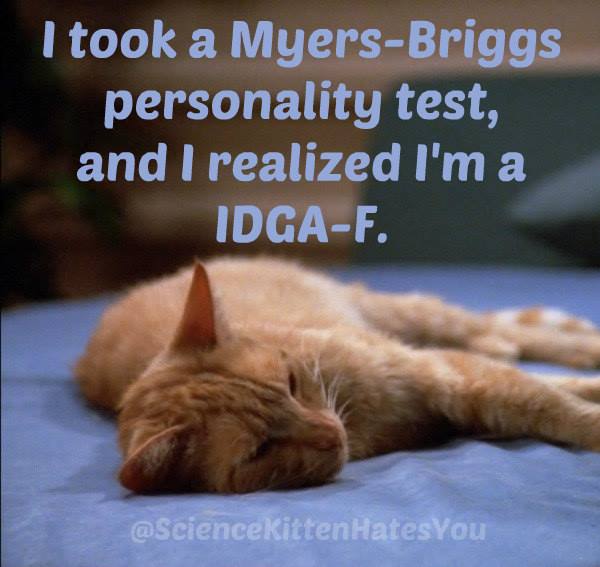 [1]
[1]
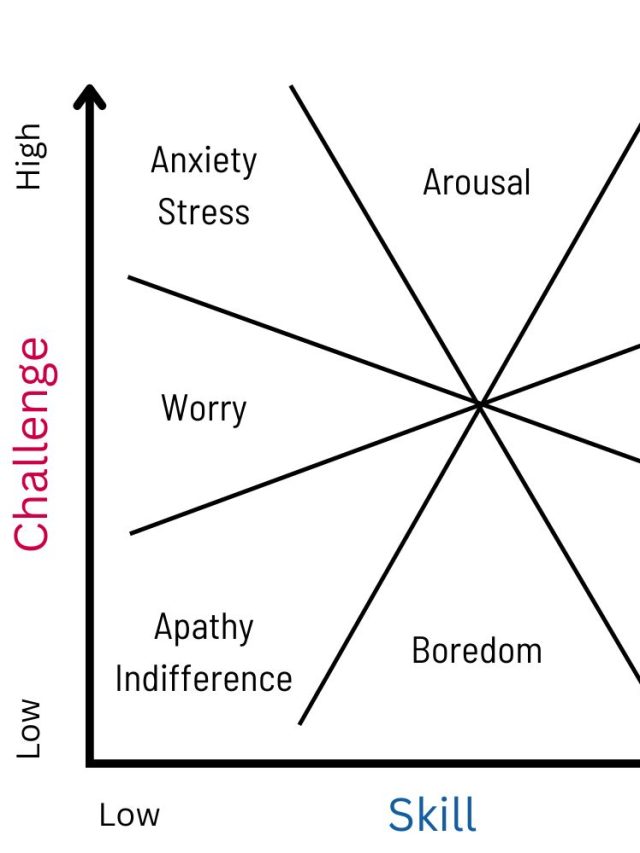

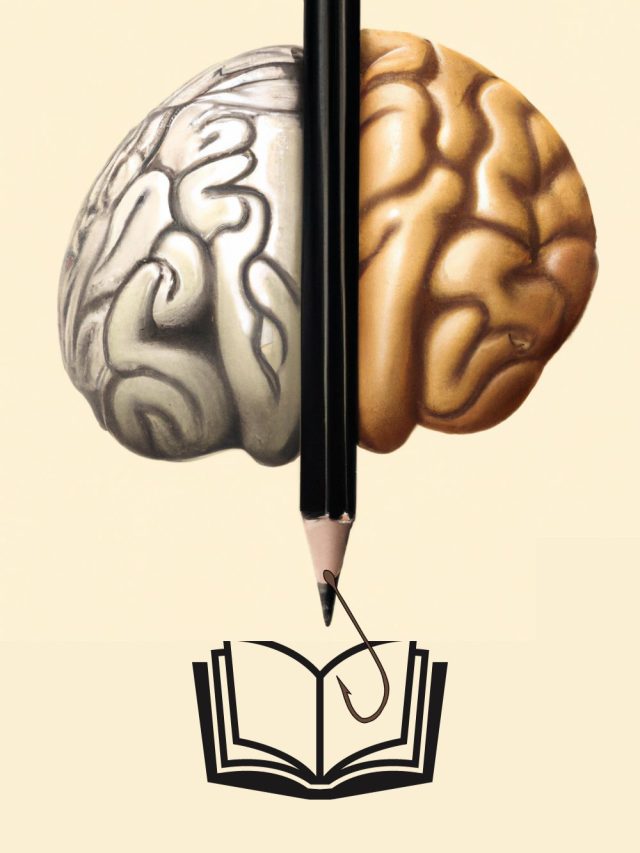

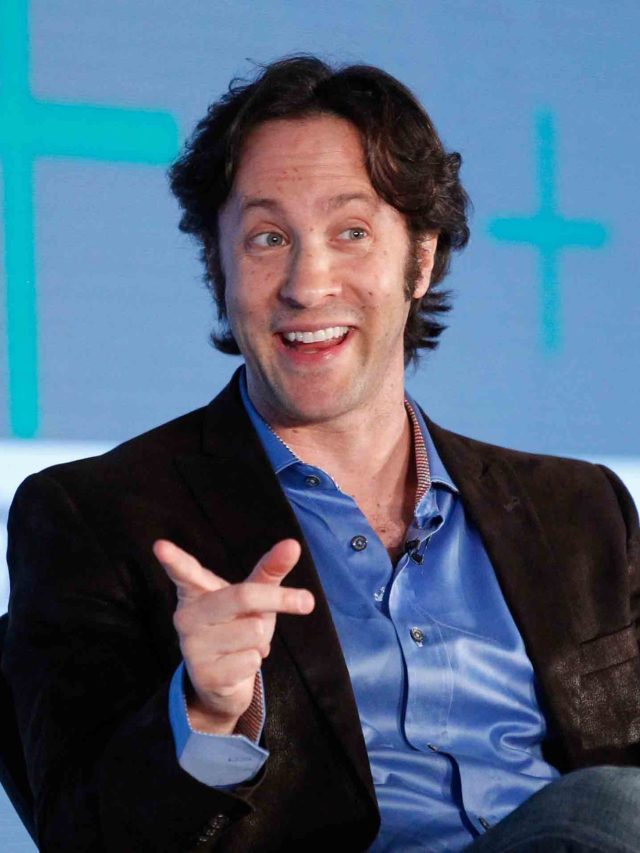



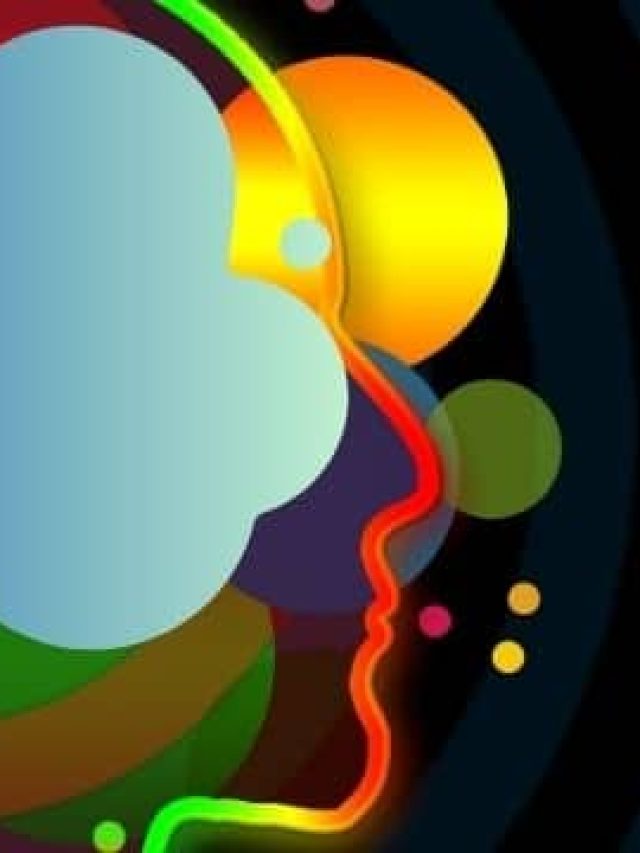

lol, I love Lady Gaga! She’s such a great artist.
I have always found it funny that OCD seems to be trendy. When in fact it is a severe form of anxiety disorder. At its base you have an overwhelming compulsion to do something that will alleviate stress or anxiety. This tends to end up in the action becoming repetitive like washing your hands 10 times in a row or counting to a certain number several times before doing some activity. Almost like a extreme superstition.
I think it is an insult to people who suffer with legitimate OCD when some who can’t make up their mind where they want to place a piece of furniture and declares “Damn… my OCD”!
I know right, it’s weirdly glamourized and sensationalized. In fact, people make it a ‘cute’ thing too. Awww my OCD kicked in… One detail the trendy use of OCD misses is that there is a compulsive behavior to alleviate anxiety.
Although, things are changing IMO. People are more aware of the difficulties involved in serious mental illnesses and more sensitive about it as well.
Hahahah! That is one of the best examples. Can't they just say 'I wish those tables were symmetrically aligned.' Where did OCD enter the picture?! And, I've seen them act all cute about it. They should learn the word 'fussy'.
This comment has been removed by the author.
I've come across so many self-diagnosed OCD people, and the problem is they are too proud of it. Like, "OMG align these tables in symmetry, my OCD is acting up!"